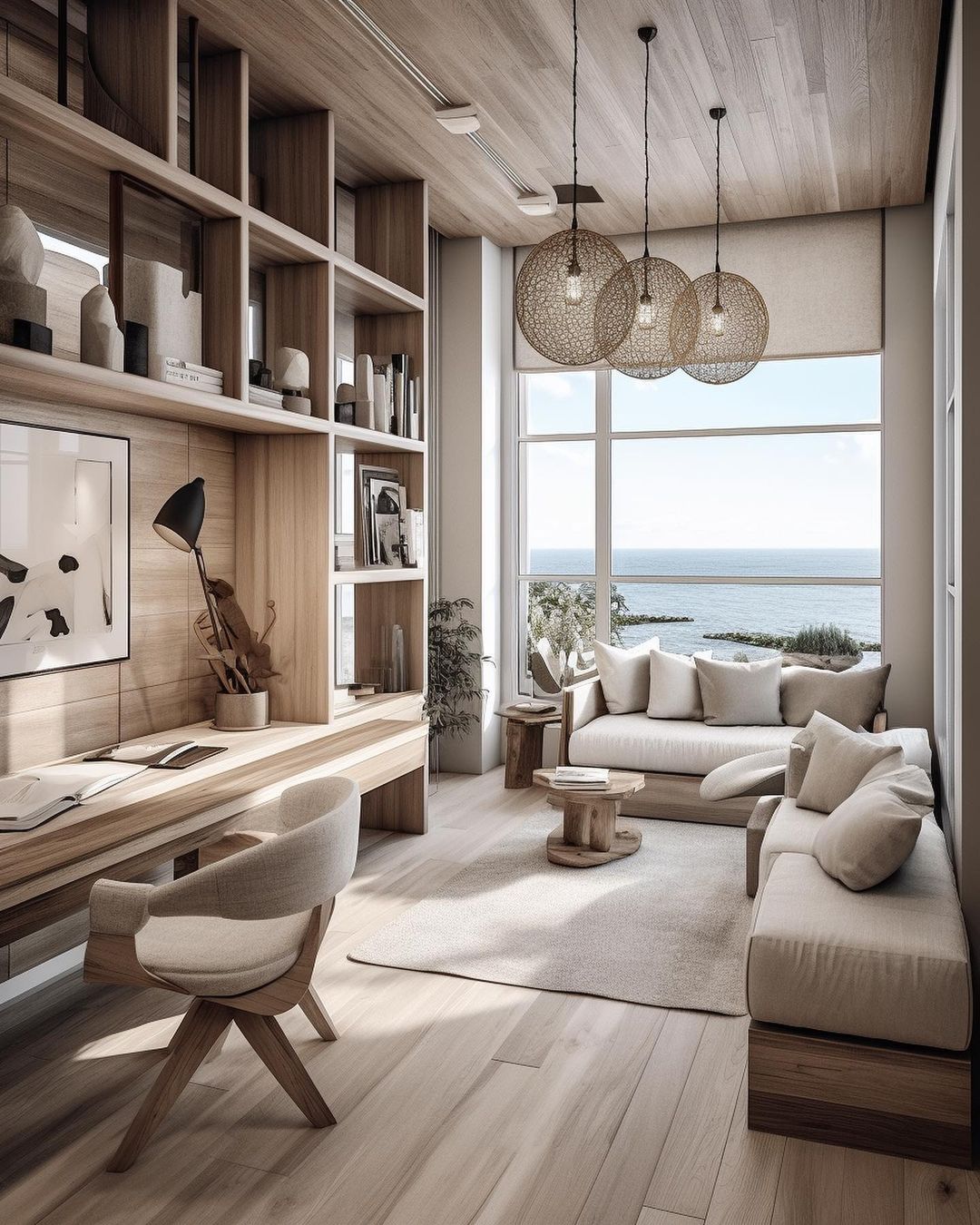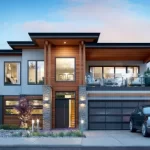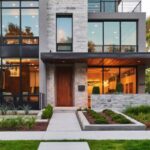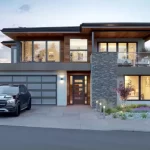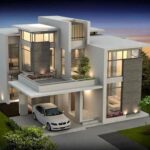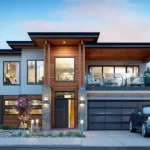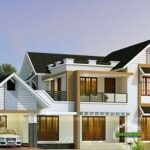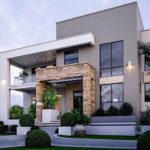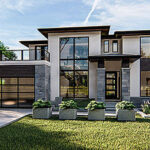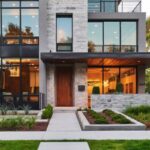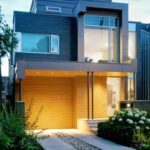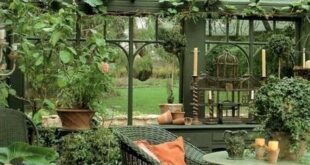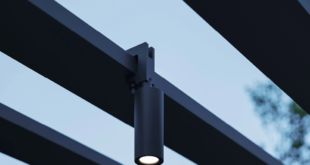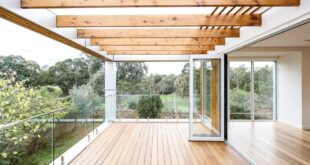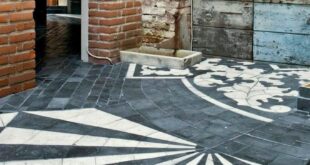In recent years, there has been a significant shift in the way houses are designed and built. Modern house design is no longer limited to traditional architectural styles and materials. Instead, architects and designers are embracing innovative elements to create homes that are not only aesthetically pleasing but also highly functional and sustainable.
One of the key innovative elements in modern house design is the use of sustainable materials and technologies. This includes the use of recycled materials, such as reclaimed wood and recycled glass, as well as energy-efficient appliances and systems. Many modern homes are also designed to maximize natural light and ventilation, reducing the reliance on artificial lighting and air conditioning.
Another innovative element in modern house design is the incorporation of smart home technology. This includes features such as smart thermostats, lighting controls, and security systems that can be controlled remotely through a smartphone or other devices. These technologies not only make homes more convenient and efficient but also contribute to a higher level of security and comfort for the residents.
Open floor plans and flexible living spaces are also becoming more prevalent in modern house design. These layouts allow for greater connectivity between rooms and a more fluid use of space. By eliminating walls and barriers, modern homes feel more spacious and inviting, enabling residents to interact and move freely throughout the house.
In addition to these innovative elements, modern house design also incorporates elements of minimalist and contemporary aesthetics. Clean lines, neutral colors, and uncluttered spaces are common characteristics of modern homes. These design choices create a sense of calm and simplicity, enhancing the overall ambiance of the house.
Overall, the innovative elements in modern house design reflect a growing emphasis on sustainability, technology, and flexibility. By incorporating these elements into their designs, architects and designers are creating homes that are not only visually striking but also comfortable, efficient, and environmentally friendly. As the demand for modern homes continues to grow, we can expect to see even more innovative elements introduced in the future, pushing the boundaries of what is possible in residential architecture.
